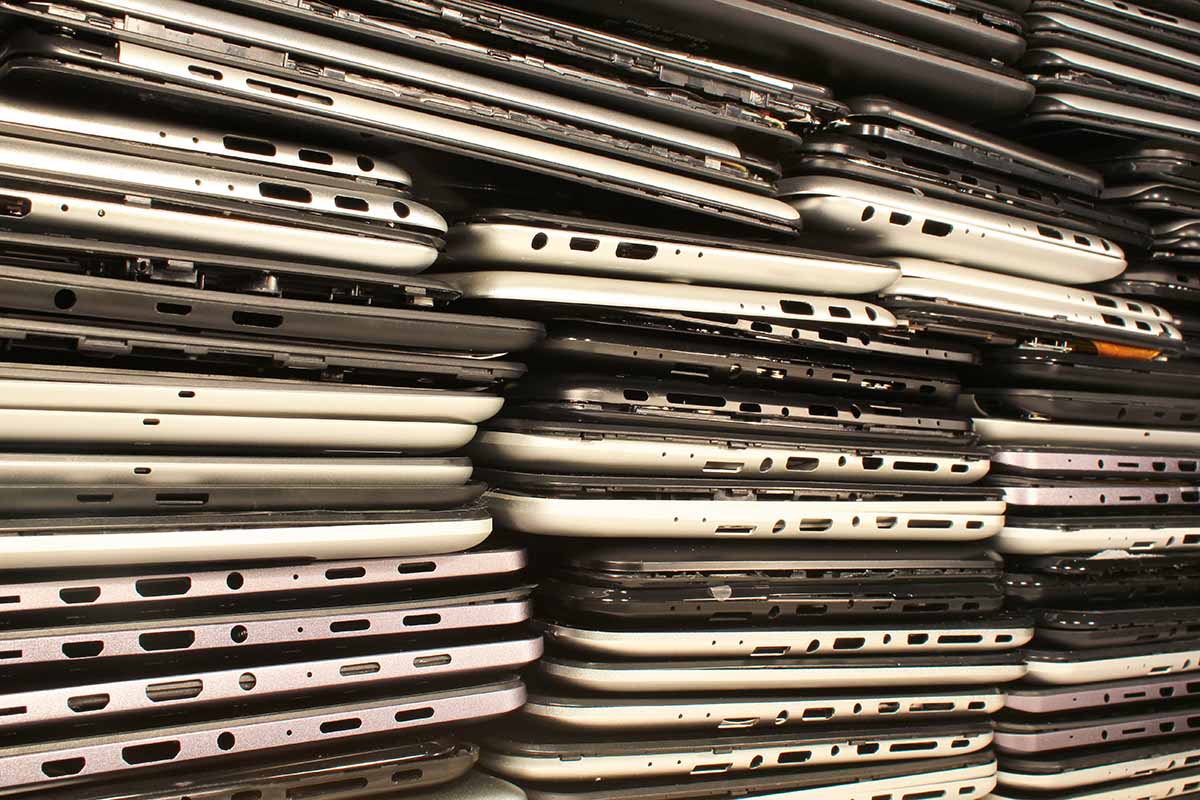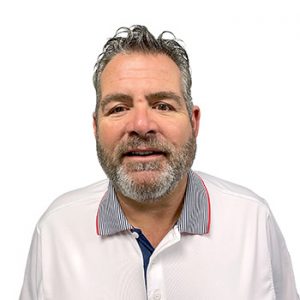
A leader of Clean Earth’s electronics processing division explains how electronics recycling and reuse companies can adjust to meet the evolving needs of their customers. | aquatarkus/Shutterstock
Many households have a drawer stuffed with old cell phones, computer equipment, and other electronics. Even people who work in the electronics refurbishment and recycling industry may be used to stockpiling old electronic products rather than seeking repairs. This creates an electronic mountain that is growing every day.
The global consumption of electrical and electronic equipment (EEE), increases each year by 2.5 million metric tonnes on average (save for solar/photovoltaic panel weight). The2020 Global E-waste MonitorIt is also predicted that global e waste will exceed 74 million tons by 2030, nearly double the amount of ewaste in 16 years.

Mark Kasper
E-waste is the world’s fastest-growing domestic waste stream, fueled mainly by higher consumption rates of electric and electronic equipment, short life cycles and few options for repair. According to the report, “only 17.4% of 2019’s e-waste was collected and recycled. This means that gold, silver, copper, platinum and other high-value, recoverable materials conservatively valued at $57 billion – a sum greater than the Gross Domestic Product (GDP) of most countries – were mostly dumped or burned rather than being collected for treatment and reuse.”
E-waste’s exponential growth calls for a shift in the business environment pertaining to how companies recycle and refurbish these materials. With the advent of electric cars and solar panels, the types of products that can be discarded with a plug or battery are changing. From toasters to remote controls to lawnmowers, everything is evolving into a “smart” device with circuit boards and other electronic components that need to stay out of the landfill, all while remaining sensitive to data security, proper permitting and more.
Data security
With the “right to repair” movement gaining traction, our industry has turned its focus toward refurbishment to extend the product’s life for its current user or find it a second home with a new user, therefore reducing the number of discarded devices.
Future electronics recycling and refurbishment should ensure data destruction through secure, responsible IT asset management. Customers need to be confident about what happens to data stored on their devices after they are used. Every cell phone, GPS and laptop says a lot about an individual and their habits – how they bank, what they buy, where they drive – and the information needs to be protected accordingly.
All ewaste recycling programs should confirm that data derived from discarded electronics are safe and secure. The material handling teams should work together to ensure that the proper treatment of electronic and electrical waste is done in order to allow reuse and recycling.
Reusing components is better than complete destruction. This can have a negative impact on the bottom line of refurbishment. A refurbisher will need to destroy and replace hard drives in order for data security. This is expensive. Destroyment reduces margins, so businesses should focus on increasing their asset management to generate more revenue.
Proper permitting
Recycling and refurbishers need to have the appropriate certifications in order for them to succeed. All electronics recyclers are encouraged by the U.S. EPA to become certified. They must demonstrate to an accredited, independent third-party auditor that they comply with specific standards for recycling and managing electronics safely. Currently, the U.S. has two accredited certification standards: Responsible Recycling (R2) as well as e-Stewards.
According to the EPA both programs offer the following benefits:
- Best management practices should be promoted.
- A method to assess the environmental, worker and security practices of entities that manage used electronics.
- Strong environmental standards ensure maximum reuse and recycling, reduce exposure to the environment and human health, as well as safe management of materials downstream by handlers. All data on used electronics must be destroyed.
We also see customers looking for facility-based endorsements for solid-state device destruction and hard drive destruction from National Association for Information Destruction. Clean Earth’s Modesto, Calif., and Allentown, Pa. facilities received certification after completing internal process audits and enhancing security features, including security cameras, badge access and alarm systems. Customers can be assured that their information destruction is up to the highest standards when they work with a NAID AAA-certified firm.
Customers expect that client data is deleted and that assets are tested to ensure compliance with these standards. Teams also expect that finished goods are inventoried and stored in a clean and secure, video-surveillance-monitored environment until picked, cleaned, packaged and shipped.
Customers trust and seek out certified electronics recyclers because they have proven that they meet high environmental standards and responsibly manage used electronics. The independent auditor will continue to monitor the recycler’s compliance with the set standards, so customers can rest assured that their electronic waste is being properly managed.
Measuring and reporting
Big companies need third-party assurance. Therefore, reporting is becoming more important. Let’s say a customer needs proof that confidential records have been destroyed in accordance with information industry regulations. Certified electronics recyclers can prove that they have taken the necessary steps to comply with information industry regulations in this instance. This reduces customer risk and liability and can be used as proof that the recycler demonstrated “good faith” efforts to ensure confidentiality in record management in the event of a lawsuit or audit.
Companies don’t want to be at risk so ensuring compliance with hazardous waste reporting and certifications is essential. Reporting can improve tracking, traceability and data analysis of waste streams in order to measure performance and meet corporate sustainability goals.
A strong reporting system shows that a recycler/refurbisher is ready to work alongside highly regulated industries like banking, healthcare, and government. These sectors often have higher data destruction standards and reporting requirements.
We must work with clients to ensure a greener world. This includes helping them to properly manage assets containing sensitive information and components that could be hazardous to the environment. At the end of the year or each quarter, the industry’s biggest customers collect data on what was diverted from landfills by recycling or refurbishing. They are seeking measurables on landfill diversion and carbon footprint reduction to help them reach their ESG goals.
Companies can achieve their e waste and sustainability goals with continuous improvement recommendations. These recommendations are supported by reporting and focussed on innovation. Extending the lifetime of devices through reuse, recycling, refurbishment and repair is essential to meeting climate goals and creating a circular economy – and our industry has a pivotal role to play.
Mark Kasper is chief operations officer for Clean Earth’s Electronic and Universal Waste Division. Mark is responsible for all operational aspects of the company’s six electronic and universal waste facilities located across the United States. Mark has more than 30 years of experience in hazardous waste management and 17 years in universal and electronic waste. This allows him to have extensive operational knowledge in a variety of industries and waste technologies, allowing him to provide customized waste disposal or recycling solutions.
Resource Recycling, Inc. does not endorse the views or opinions expressed. Send an email to propose a topic you would like to write about in an op-ed. [email protected]For consideration.
